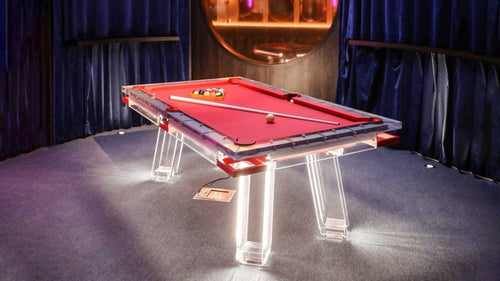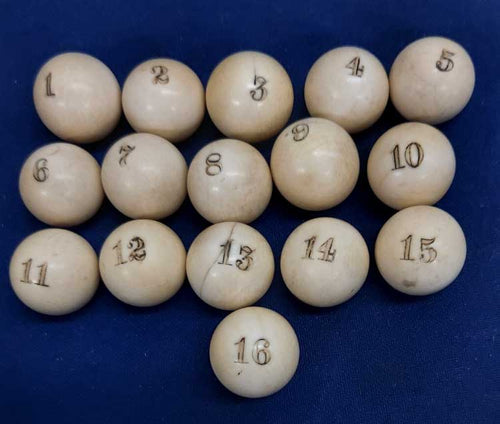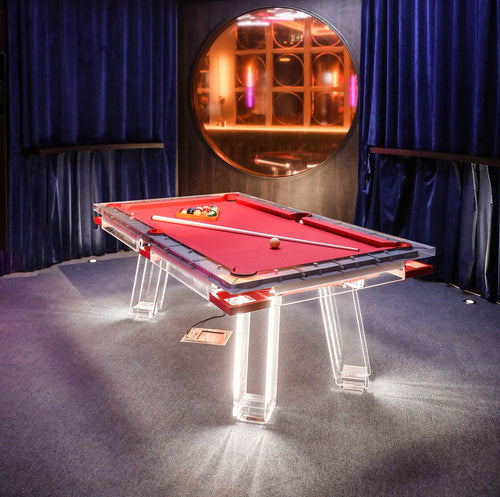Enjoy our modern designs
The world of antique and historical furniture design is filled with eras defined by changing tastes, cultural shifts, and the rediscovery of ages past. Neoclassical furniture stands out as an especially sophisticated and culturally rich style. Inspired by the proportions, motifs, and artistry of ancient Greek and Roman civilizations, Neoclassical pieces emerged in the late 18th century as a refined reaction against overly ornate styles. Today, this timeless aesthetic remains highly sought after—both by collectors and anyone seeking a statement piece that blends history with elegance.
Origins: A Revival of the Classical Past
The Neoclassical style took root in 18th-century Europe when new archaeological discoveries in Pompeii and Herculaneum sparked a fresh fascination with antiquity. As explorers, scholars, and aristocrats embarked on the “Grand Tour,” visiting Italy, Greece, and beyond, they encountered classical art and architecture firsthand. This growing appreciation for ancient aesthetics filtered back into furniture design, replacing the playful curves of Rococo with strong, symmetrical lines and carefully balanced proportions.
Key factors driving this revival included:
- Archaeological Discoveries: Excavations of Greco-Roman ruins reintroduced timeless motifs to European craftsmen.
- The Grand Tour: Travelers brought home classical influences, fueling demand for furniture that evoked the glory of ancient civilizations.
- Influential Publications: Books and prints detailing classical temples, sculptures, and motifs spread these ideas widely.
Geographic Variations & Influences
Though Neoclassical style first gained prominence in France (often associated with the reign of Louis XVI), it quickly spread across Europe and the New World, each region adding its own nuances:
- France: Known as the Louis XVI style, French Neoclassical pieces featured straight, fluted legs and elegant, restrained ornamentation. Woods like mahogany and walnut were common, often accented with delicate gilt details.
- England: Craftsmen like Hepplewhite and Sheraton embraced Neoclassical motifs—lyres, urns, and laurel wreaths—while maintaining English craftsmanship traditions. Marquetry, painted details, and slender forms gave these pieces their distinct character.
- Sweden (Gustavian): The Scandinavian take on Neoclassicism was more subdued. Soft, muted colors and simpler forms defined the Gustavian style. Think whitewashed surfaces, pine or birch woods, and understated elegance.
- Germany & Austria (Zopfstil/Biedermeier): Neoclassical ideals blended into local styles, resulting in furniture that balanced classical inspiration with the comfort and practicality of emerging Biedermeier tastes.
- United States (Federal Style): By the late 18th and early 19th centuries, Neoclassical design influenced American “Federal” furniture. Emphasis on straight lines, subtle ornamentation, and lighter proportions brought a sense of refinement to sideboards, desks, and chairs in the young republic.
Defining Characteristics of Neoclassical Furniture

Form & Proportion
Neoclassical furniture embraces strong geometry and symmetry. Gone are the whimsical curves of Rococo; in their place stand angular silhouettes, column-like legs, and balanced proportions evoking ancient temples and classical sculpture.
Materials & Finishes
- Woods: Mahogany was a favored choice, prized for its richness and durability. Walnut and oak sometimes appeared as well. Veneers—particularly mahogany—added depth and visual interest.
- Accents & Ornamentation: Carvings, gilding, stenciling, and painted details highlighted key motifs. Acanthus leaves, Greek keys, medallions, and laurel wreaths were common themes, referencing the glories of antiquity.
Motifs & Decorations
Common Neoclassical elements include:
- Greek Key Patterns: Simple, geometric border designs reminiscent of temple friezes.
- Lyres & Urns: Chair splats and cabinet panels often featured these shapes, symbolizing harmony and classical ideals.
- Fluted Legs: Like miniature columns, these legs evoked the architectural grandeur of ancient Athens and Rome.
Incorporating Neoclassical Furniture into Modern Interiors
While unmistakably historical, Neoclassical pieces can blend beautifully with contemporary design. Here’s how to make it work:
- Pair with Neutral Palettes: Offset ornate details by placing Neoclassical furniture against a backdrop of white or cream walls. This lets the craftsmanship shine without overwhelming the space.
- Mix & Match Styles: Combine a Neoclassical sideboard with minimalist modern chairs for a dynamic, eclectic look. Balancing old and new creates visual interest and narrative depth.
- Add Subtle Accents: Echo classical motifs in small touches: decorative pillows, frames, or artwork that pay homage to ancient designs.
A Timeless Investment
Neoclassical furniture is more than a piece of history—it’s a testament to the enduring appeal of symmetry, proportion, and artistry. Whether you’re a seasoned collector seeking an authentic Louis XVI desk or a design enthusiast looking to elevate your living room with a distinctive chair, Neoclassical pieces promise sophistication and lasting value.
By understanding the origins, identifying signature elements, and learning how to integrate these pieces into modern spaces, you can bring a slice of cultural and aesthetic legacy into your own home. Neoclassical furniture isn’t just decoration—it’s an ongoing dialogue between the past and present, a design language that continues to inspire and captivate.
Ready to explore? Start your search for authentic Neoclassical pieces and discover how these masterfully crafted items can transform your interior into a space of timeless elegance.


















